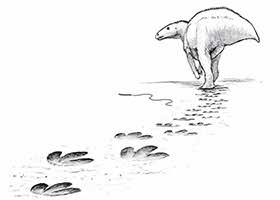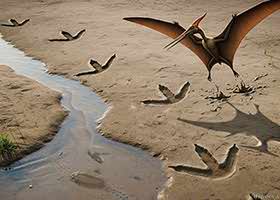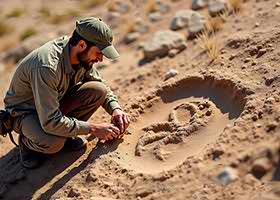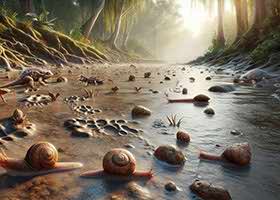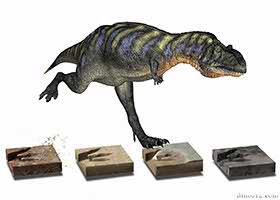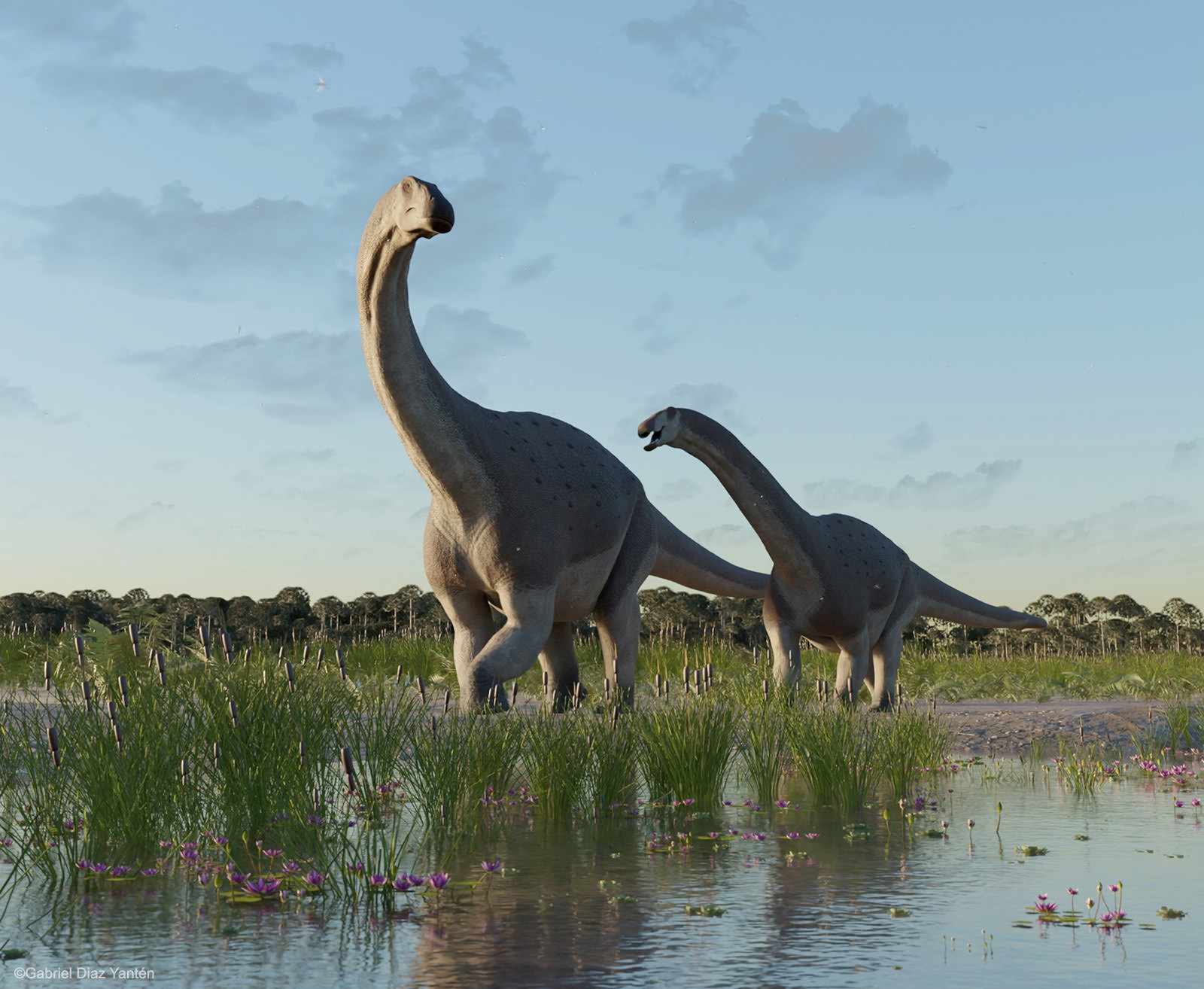Ichnology explores fossilized traces left by ancient organisms, revealing their behavior and environments. This article examines the origins of ichnology, the oldest discovered traces, how footprints shaped dinosaur research, trace fossil preservation, and their role in evolutionary reconstructions. ...
